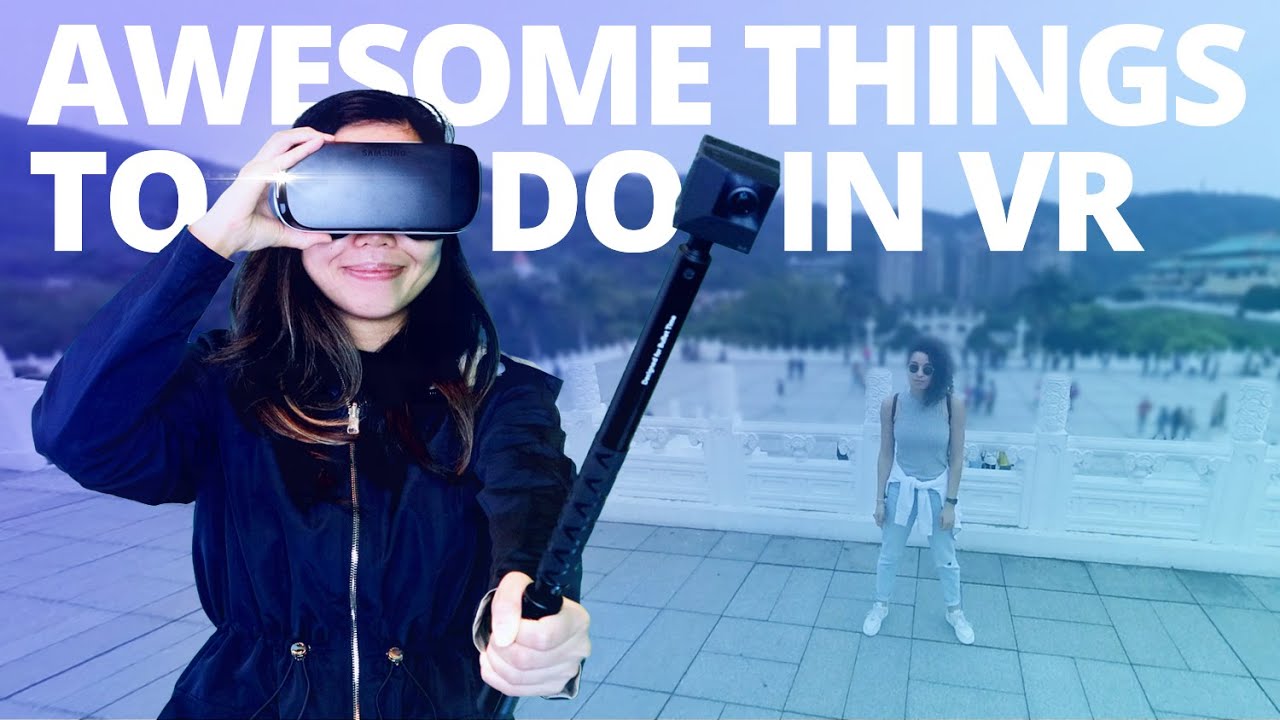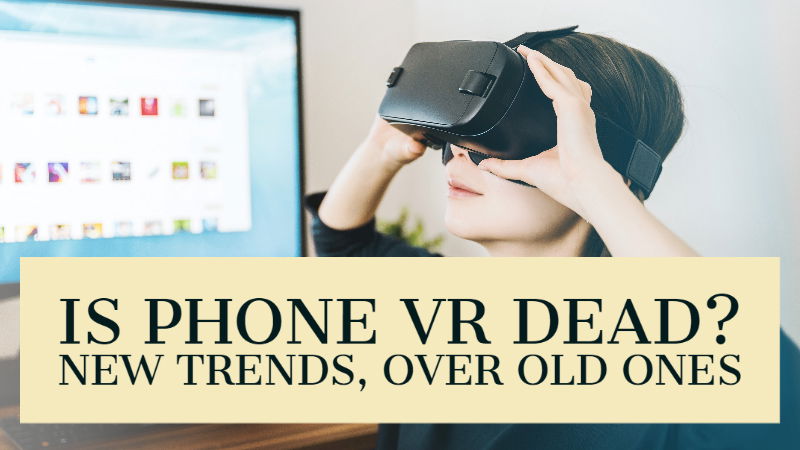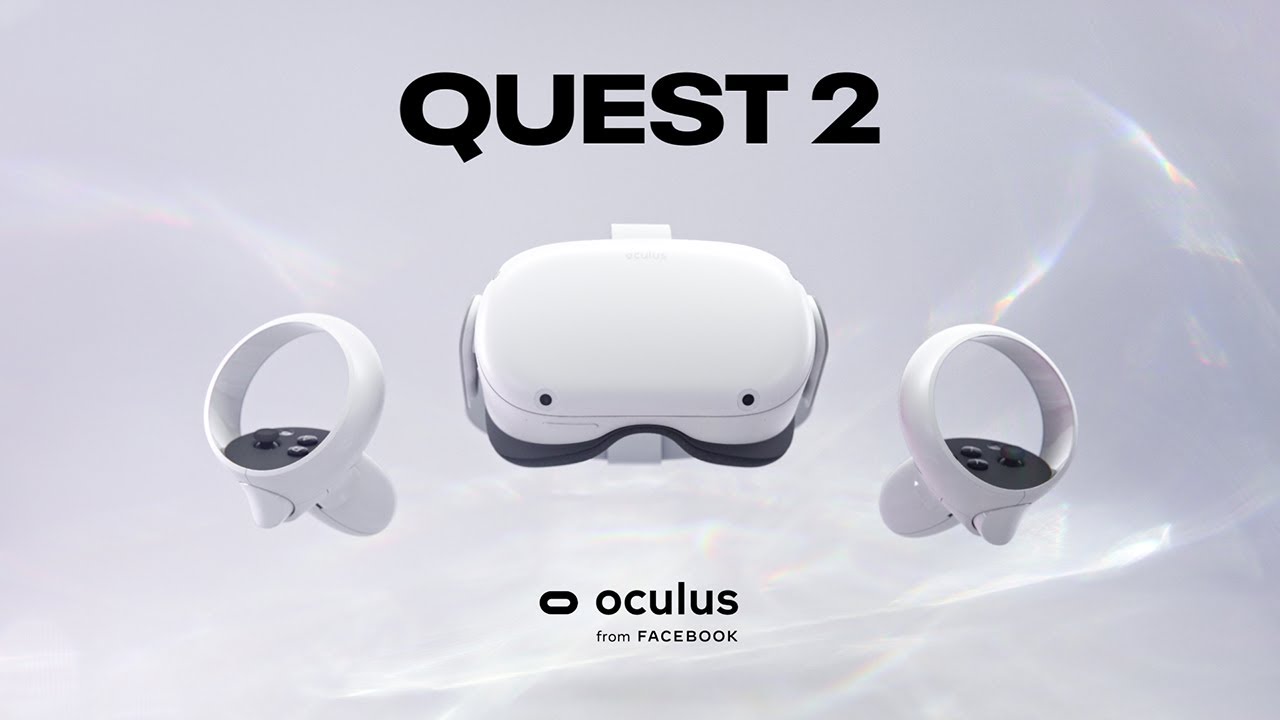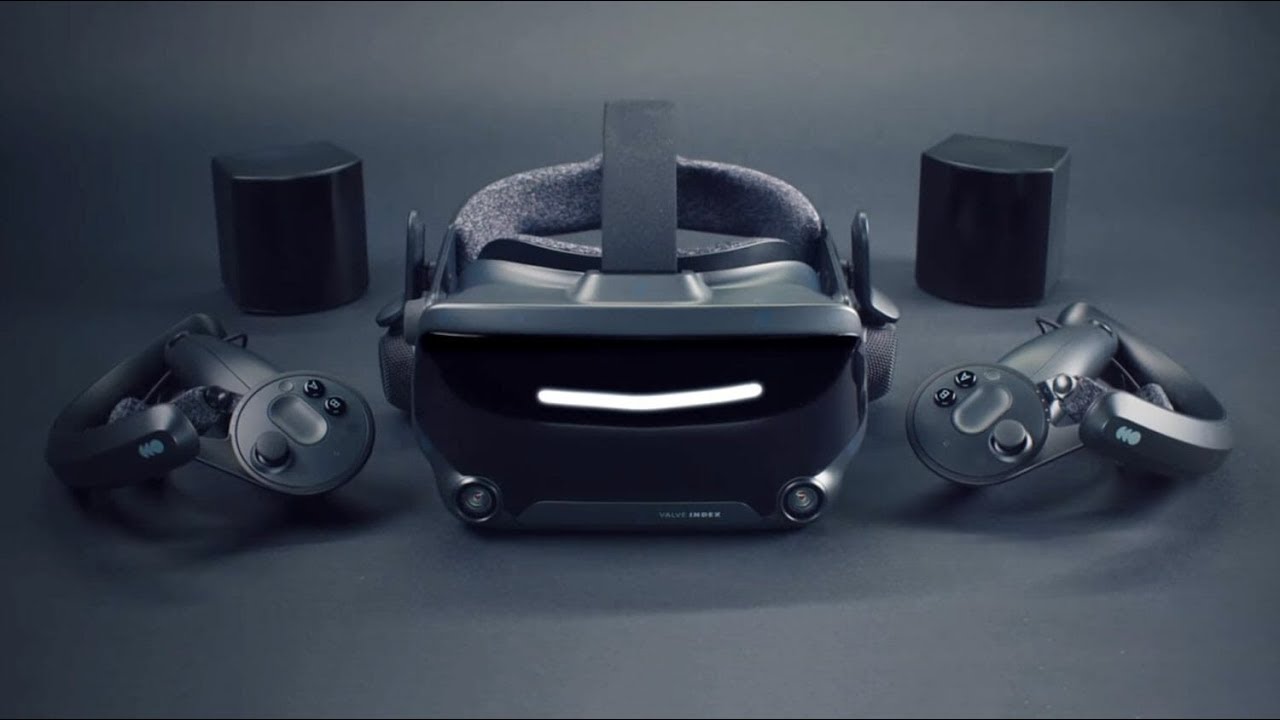We've tested the best virtual reality headsets and platforms to help figure out which is right for you, whether you're looking for a standalone headset or one that tethers to your PC or console.
A fascinating way to travel using nothing more than the power of technology is virtual reality. VR lets you look around a virtual space as if you're actually there, or play a game as if you're really in it, with a headset and motion tracking. Thanks to interesting games and experiences, it's been gaining traction in recent years, although it still seems very much in a state of flux, with headsets coming and going fairly quickly. We are tracking the best of what's on the market here at the moment.
Oculus focuses its efforts on the Quest 2 standalone VR headset, but provides the option to use it as a cable tied to a PC. The tethered Steam-friendly Vive Cosmos and the developer-focused Vive Pro are available for HTC. Sony has a PS4-compatible PlayStation VR, and Microsoft, with a few third-party headsets, supports its Windows Mixed Reality platform. There is also Valve, with its expensive headset for the Valve Index. About all of them, here's what you need to know.

The Big Question: What's best for VR? Modern VR headsets now fall into one of two categories: standalone or tethered. Physically linked to PCs are tethered headsets like the HTC Vive Cosmos, PlayStation VR, and Valve Index (or with the PS VR, a PlayStation 4). The cable makes them unwieldy, but putting all the actual video processing in a box that you don't need to strap directly to your face means it can be a lot more complicated for your VR experience. With motion-sensing controllers, either external sensors or outward-facing cameras on the headset provide full 6DOF (six degrees of freedom) movement tracking for both your head and your hands.
Currently, the least expensive tethered options are around $400, and that's before you solve the processing problem; the Vive Cosmos and Valve Index need pretty powerful PCs to run, while a PlayStation 4 required for the PS VR.
By expunging the cables and not requiring any external device to handle processing, standalone headsets offer the greatest physical freedom. To provide 6DOF motion tracking, and similar 6DOF motion controls, the Oculus Quest 2 uses similar outward-facing cameras to the Oculus Rift S. It doesn't have the same processing power as a separate, dedicated gaming computer, but some pretty detailed, smooth graphics can still pushed through its high-end mobile processor.
Quest 2 of Oculus is the first big name in the current wave of VR
Was the Oculus Rift, and Oculus is still a major player in the category. However, it's bowing out of the dedicated tethered VR headset, discontinuing the Rift S in favor of concentrating entirely on the Quest 2 standalone. This doesn't mean that on the company's new headset you can't enjoy PC VR; you'll just need to get an accessory cable for it.
A $300 standalone VR headset powered by a Qualcomm Snapdragon 865, the Oculus Quest 2 is a considerable power upgrade over the original Quest and its Snapdragon 835. In a single package with no wires needed (except for charging the headset), it offers a comprehensive VR experience and currently provides the highest resolution of any consumer VR headset at 1,920 by 1,832 per eye. For full 6DOF head and hand motion tracking, it has two motion controls and offers in its onboard store a robust library of VR software.
With Quest 2, though, that doesn't mean you can't enjoy tethered VR. The $79 Oculus Link cable is a five-metre USB-C cable that allows you to connect Quest 2 to your PC and use it to play PC-specific VR games such as Half-Life: Alyx just like the tethered Rift S. The cable is costly, but considering the Quest 2 is $100 lower than the original Quest, even after adding the accessory, it still comes out ahead in value.
you can also buy the products on the website at:
PlayStation VR from Sony
Thanks to Sony backing development for it and the affordability and availability of the PlayStation 4 compared to gaming PCs, the PlayStation VR is interesting. The headset, the PlayStation 4, and the PlayStation Camera are all you need (now included with most PlayStation VR bundles).
Moss, Rez Infinite, Until Dawn: Rush of Blood, and Five Nights at Freddie's: Help Wanted are some brilliant games on PS VR. The Dual shock 4 works with many PlayStation VR games, so you do not even need motion controls. These motion controls, however, are where the PlayStation VR lags; the PlayStation Move wands from the PlayStation 3 era still used by the headset, and they are not almost as capable or comfortable as the Oculus Touch controllers. They're also expensive in PlayStation VR bundles, and not always included.
With the upcoming PlayStation 5, the PlayStation VR will work. Sony has announced no new VR hardware, though the PS5 will have a new camera accessory that will presumably enable PS VR.
you can also buy the products on the website at:
you can also buy the products on the website at:
Vive Cosmos by HTC
The upgraded version of the Vive headset is HTC's Vive Cosmos, boasting a higher resolution and replacing the external base stations with motion tracking outward-facing cameras. It's a comprehensive whole-room VR package, but compared to Oculus Quest 2, it's quite expensive at $699.
The Vive Cosmos Elite brings back external base stations for even better motion tracking to increase how it follows your head and motion controllers, although it's pricier at $899. The Vive Cosmos works with Steam VR like the Oculus Quest 2, and as Viveport has its own VR software store. Instead of a la carte software purchase, Viveport also offers the Viveport Infinity membership that provides unlimited access to VR experiences through a subscription service.
Index of Valves If you think the HTC Vive
Cosmos is costly. The Valve Index, Valve's own PC-tethered VR headset, is even pricier. If you buy everything you need for it to function, it costs $999. (except the computer, of course). By reusing your HTC Vive base stations, cutting the price down to $749, or only getting the headset (and providing your own motion controllers and base stations) for $499, you can save some money. Even if the Index sports a significantly higher refresh rate of 120Hz than most of its competitors (with an experimental 144Hz mode), these are difficult prices to swallow, and the controllers have an advanced grip system for more natural, accurate interaction. We have yet to test the Index of Valves.
you can also buy the products on the website at:
Mixed Reality with Windows Microsoft has been promoting its partnership to produce a series of Windows 10-ready "mixed reality" headsets with multiple headset manufacturers.
So far, the distinction between virtual reality and mixed reality is dubious, but it suggests an integration of the technology of augmented reality (AR) using helmet cameras. The hardware is sound, and the setup is simple from the various headsets we've tested, but position tracking is not as precise as tethered headsets with external sensors or the Quest 2 with its outward-facing tracking cameras. The Windows Mixed Reality store also does not have as many interesting VR experiences as the Rift and SteamVR stores, although on Windows Mixed Reality headsets you can use SteamVR games, again with some software wrestling.
While several third-party manufacturers have worked on Windows Mixed Reality headsets in recent years, the only Windows Mixed Reality headset consumer of the current generation is the HP Reverb G2.
you can also buy the products on the website at:
What happened to VR based on the phone? With Google Cardboard and the Samsung Gear VR allowing anyone with a compatible phone to get a VR experience for less than $150, VR headsets that use your smartphone to serve as both the brain and the system display used to be common.

These headsets have slowed to a trickle, and while Samsung has not updated the Gear VR since the Galaxy S9, Google has discontinued its Daydream View headset. My name is Amit Caesar and I assure you that the field of virtual reality based on smartphones is dead and there are many reasons for this.







